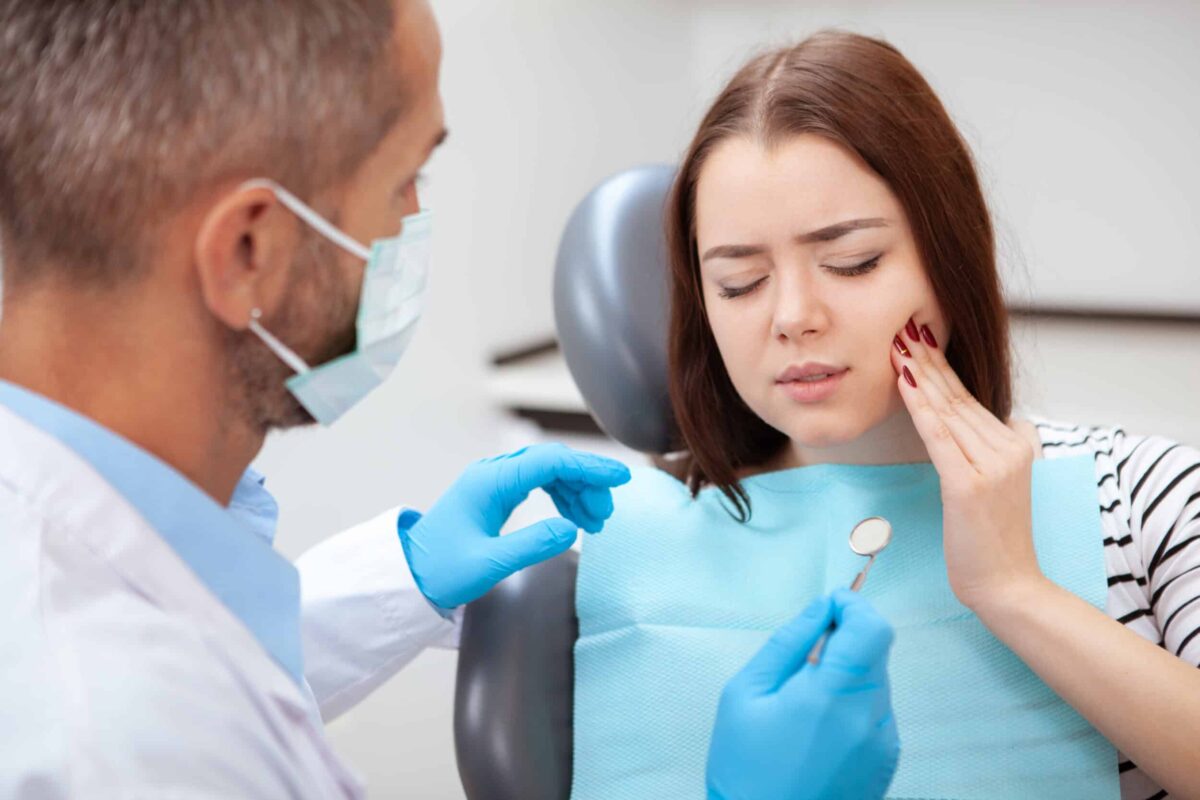Emergency Dental Care: Your Comprehensive Guide to Immediate Relief

Emergency Dental Care: Your Comprehensive Guide to Immediate Relief
Introduction
Dental emergencies can occur at any time, often when you least expect them. From severe toothaches to knocked-out teeth, these situations require immediate attention to alleviate pain and prevent further damage. Understanding how to handle dental emergencies and knowing where to seek help can make a significant difference in outcomes. This guide provides essential information on managing various dental emergencies, when to seek professional help, and preventive measures to avoid these incidents.
What Constitutes a Dental Emergency?
A dental emergency involves any situation where immediate dental care is needed to save a tooth, stop ongoing tissue bleeding, or alleviate severe pain. Here are common scenarios that constitute dental emergencies:
- Severe Toothache: Persistent, intense tooth pain can indicate an underlying issue, such as an abscess or tooth decay.
- Knocked-Out Tooth: Immediate action can potentially save a knocked-out tooth.
- Chipped or Broken Tooth: Depending on the severity, this can range from a minor inconvenience to a serious issue.
- Lost Filling or Crown: Can cause discomfort and expose the tooth to further damage.
- Abscess: A dental abscess is a severe infection that can spread if not treated promptly.
- Soft Tissue Injuries: Cuts or lacerations to the gums, lips, or cheeks require immediate attention to control bleeding and prevent infection.
Immediate Steps to Take During a Dental Emergency
Knowing what to do in a dental emergency can help mitigate pain and prevent further damage. Here are the steps to take for various emergencies:
Severe Toothache
- Rinse Your Mouth: Use warm water to rinse your mouth thoroughly.
- Floss: Gently floss to remove any trapped food particles.
- Pain Relief: Use over-the-counter pain relievers like ibuprofen.
- Cold Compress: Apply a cold compress to the outside of your mouth or cheek to reduce swelling.
- See a Dentist: Schedule an appointment as soon as possible.
Knocked-Out Tooth
- Handle with Care: Pick up the tooth by the crown (the chewing surface), avoiding the root.
- Rinse Gently: If dirty, rinse the tooth with water. Do not scrub or remove any attached tissue fragments.
- Reposition If Possible: Try to place the tooth back into the socket. Ensure it is facing the correct way.
- Keep Moist: If reimplantation is not possible, keep the tooth moist by placing it in milk or a tooth preservation product.
- See a Dentist Immediately: Time is critical. Try to see a dentist within 30 minutes.
Chipped or Broken Tooth
- Rinse Mouth: Use warm water to clean the area.
- Save Pieces: If possible, save any pieces of the tooth.
- Cold Compress: Apply to the outside of the mouth to reduce swelling.
- Pain Relief: Take over-the-counter pain medication.
- Dental Visit: Schedule an appointment for repair.
Lost Filling or Crown
- Temporary Fix: Over-the-counter dental cement can be used as a temporary measure.
- Protect the Tooth: Avoid chewing on the affected side.
- Dental Visit: See your dentist to have the filling or crown replaced.
Abscess
- Rinse with Salt Water: This can help draw out the infection and relieve discomfort.
- Pain Relief: Use over-the-counter pain medication.
- Dental Visit: Seek immediate professional treatment. An abscess can lead to serious complications if untreated.
Soft Tissue Injuries
- Clean the Area: Rinse your mouth with a mild salt-water solution.
- Stop the Bleeding: Use a piece of gauze or a tea bag. Hold it in place with gentle pressure.
- Cold Compress: Apply to reduce swelling.
- Emergency Care: Seek medical or dental attention if bleeding doesn’t stop or if the injury is severe.
When to Seek Professional Help
Understanding when to seek professional dental care is crucial. Here are signs indicating that immediate professional help is needed:
- Uncontrolled Bleeding: Persistent bleeding that doesn’t stop with pressure.
- Severe Pain: Pain that is unmanageable with over-the-counter medications.
- Signs of Infection: Swelling, fever, or an abscess.
- Visible Damage: Large chips, fractures, or teeth that are completely dislodged.
- Difficulty Breathing or Swallowing: Can indicate a more serious condition needing emergency medical attention.
Preventive Measures for Dental Emergencies
Preventing dental emergencies involves regular dental care and taking precautions during daily activities. Here are some preventive tips:
Regular Dental Check-Ups
- Routine Visits: Schedule regular check-ups and cleanings.
- Early Detection: Dentists can identify and treat issues before they become emergencies.
Good Oral Hygiene
- Brush and Floss: Brush twice daily and floss once a day.
- Fluoride Toothpaste: Strengthens teeth and prevents decay.
- Mouthwash: Use an antiseptic mouthwash to reduce bacteria.
Protective Gear
- Mouthguards: Use during sports and recreational activities to prevent injuries.
- Night Guards: If you grind your teeth at night, a night guard can prevent wear and tear.
Diet and Lifestyle
- Limit Sugary Foods: Reducing sugar intake can help prevent cavities.
- Avoid Hard Foods: Avoid chewing on ice, hard candies, or other hard objects.
- Don’t Use Teeth as Tools: Avoid using your teeth to open packages or bottles.
Finding Emergency Dental Care
Knowing where to find emergency dental care can save valuable time during a crisis. Here are some tips:
Local Dentists
- Contact Your Dentist: Many dental offices have after-hours contact information or emergency services.
- Dental Associations: Check with local dental associations for emergency services.
Hospitals
- Emergency Rooms: For severe pain, infection, or injury, visit an emergency room. They can provide temporary care and refer you to a dentist.
Urgent Care Clinics
- Some Clinics Offer Dental Services: Urgent care clinics can handle some dental emergencies if a dentist is not available.






